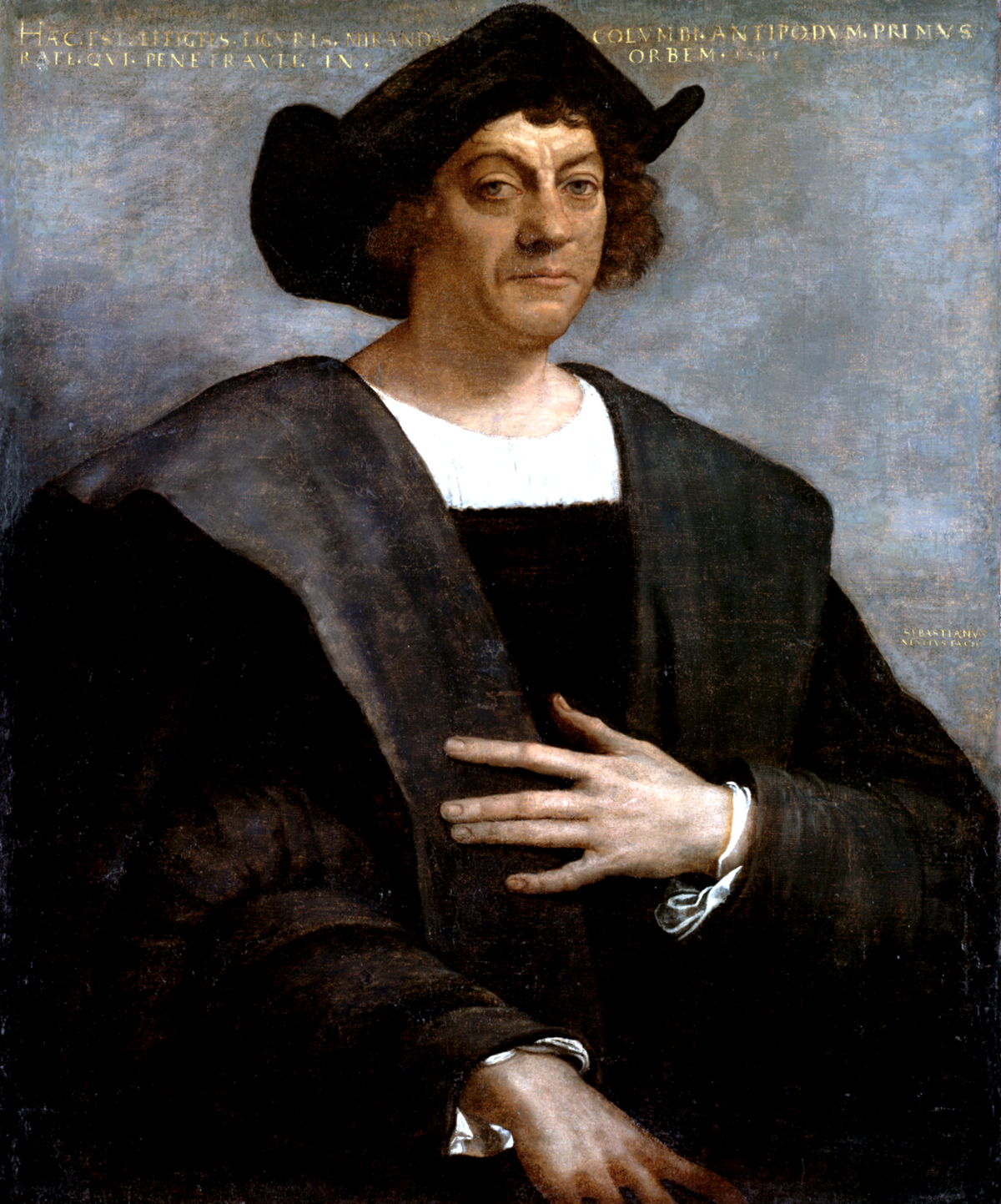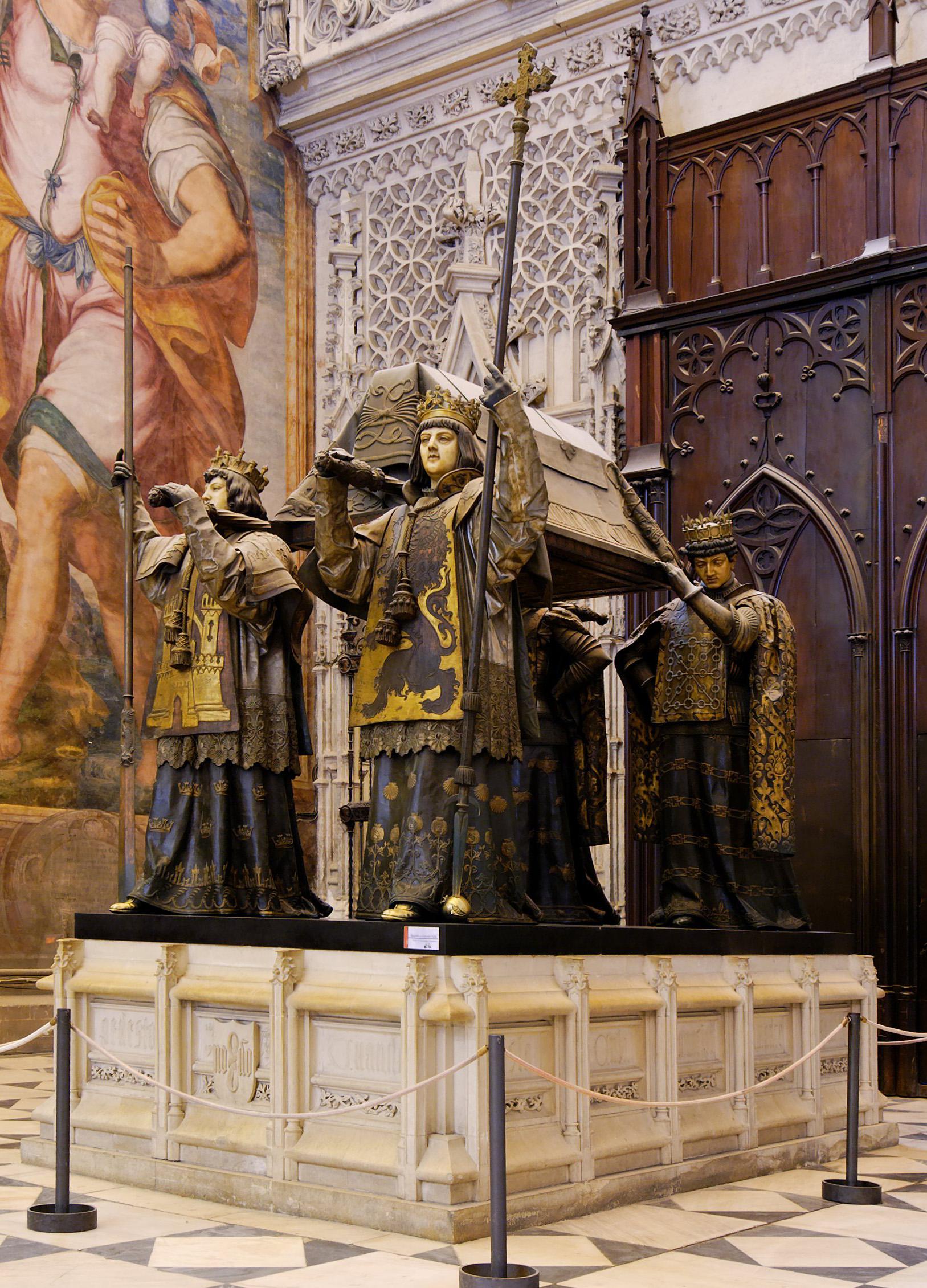Scientists report an archaeological breakthrough. The long-lost tomb of legendary 15th-century explorer Christopher Columbus has finally been discovered! Still, one problem with his body remains unsolved.
It has long been known that Columbus was buried in Valladolid, Spain after his death there in 1506 but the exact location of his tomb was not known until now.

Christopher Columbus’ tomb in the Seville Cathedral/Seville, Spain. Credit: Adobe Stock – Ekaterina
After being buried in Valladolid, Columbus’ remains were taken to his family mausoleum in the southern city of Seville, and were moved several more times over the following centuries before returning to Seville in 1898.

Using DNA samples from bone slivers taken from the Seville tomb, a forensics team led by the University of Granada confirmed in 2005 that the remains kept there did belong to Columbus.
Researchers have now determined that he was first buried in the San Francisco convent in Valladolid which no longer exists, Spain’s Naval Museum which helped coordinate the study said in a statement.
“The site is currently a commercial zone near the spacious Plaza Mayor, a broad, pedestrianized expanse surrounded by arcaded buildings painted red.
This conclusion follows “a detailed historical investigation, confirmed by ground-penetrating radars,” the statement added.
Researchers took samples of elements from the Seville burial sport – lead, brick, golden threads – and found they matched with the location of the spot in Valladolid which was excavated, it added.

Posthumous portrait of Columbus by Sebastiano del Piombo, 1519. There are no known authentic portraits of Columbus. Credit: Metropolitan Museum of Art – Public Domain
Historians and archeologists have since recreated in 3D the dimensions of the chapel in Valladolid that housed the remains of Columbus. In 1544 his remains were moved from Seville to Santo Domingo, which is the capital of the Dominican Republic, by the instructions he had left behind,” the AFP reports.
The whole story got a new twist when the bones of Columbus were suddenly moved to Havana in 1795, before being shipped back across the Atlantic and returned to Seville in 1898.
According to the AFP, the Dominican Republic claims Columbus is buried at an ornate lighthouse in Santo Domingo.
However, according to the recent report, the teams behind the 2005 DNA study said that while they are convinced the bones in Seville are from Columbus, the tomb in Santo Domingo might also hold part of his remains.





